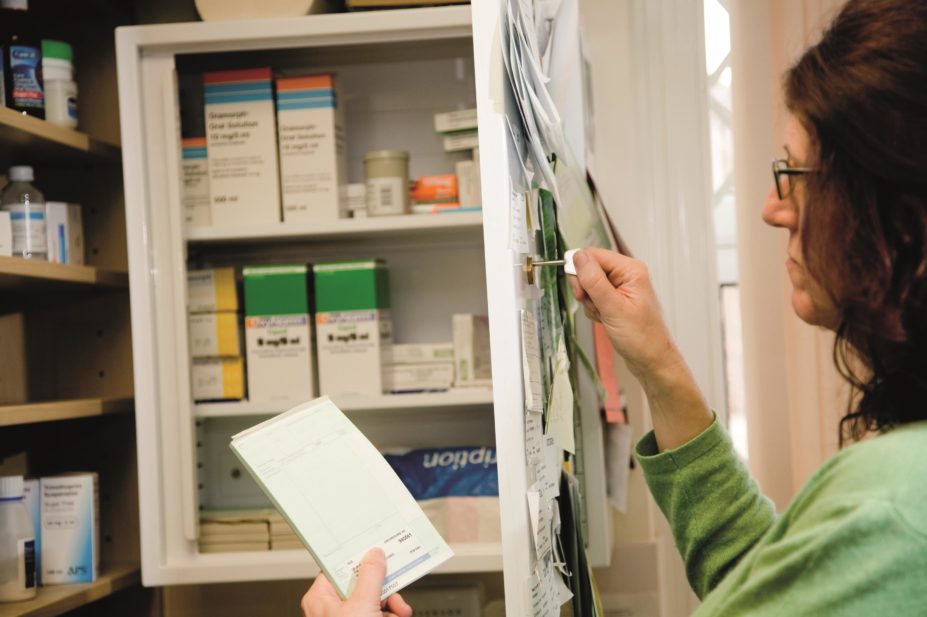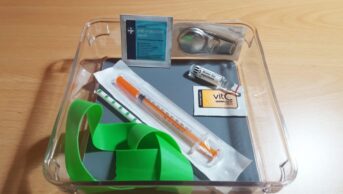
Malcolm Case-Green / Alamy Stock Photo
The first national guideline for the safe use and management of controlled drugs has been published in draft form by the National Institute for Health and Care Excellence (NICE) and is now out for consultation.
The guideline brings together legislation, policy advice, good practice advice and published evidence, together with committee experience and opinion.
“This is about best practice and doing things in a transparent and consistent way,” says pharmacist Graham Brack, deputy accountable officer for controlled drugs at NHS England (South Region, South-West Sub-Region) and a member of the NICE committee that drew up the draft guideline.
“Pharmacists will be asked to document a few things more and there is more document retention, but the aim is for pharmacists to work smarter not harder,” he says. “We have tried not to create any extra workload.”
Some of NICE’s recommendations are aimed at GPs but will have an impact on pharmacy.
“When a GP prescribes a controlled drug they should put in the patient’s notes why they have done it,” says Brack, adding that there are too many cases where another doctor has picked up the treatment without knowing the reason behind it. “We need to stop the situation where somebody is working blind because they don’t know why something is being done.”
The guideline — which is out for consultation until 25 November 2015 — also includes specific advice for the management and safe use of controlled drugs in hospices in order to help standardise procedures across the sector.
NICE is due to publish the final guideline in March 2016.


